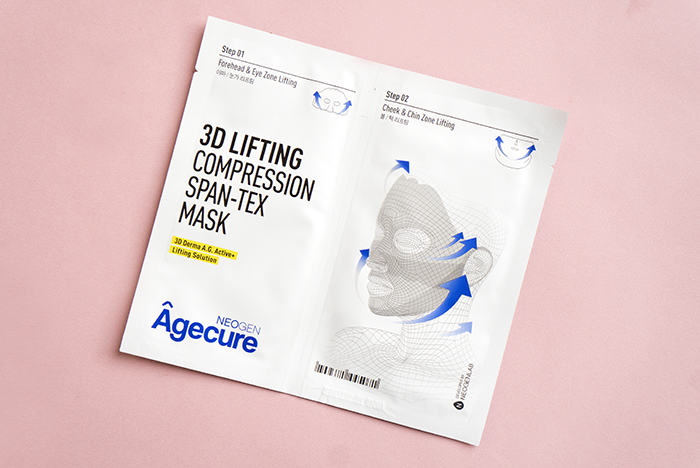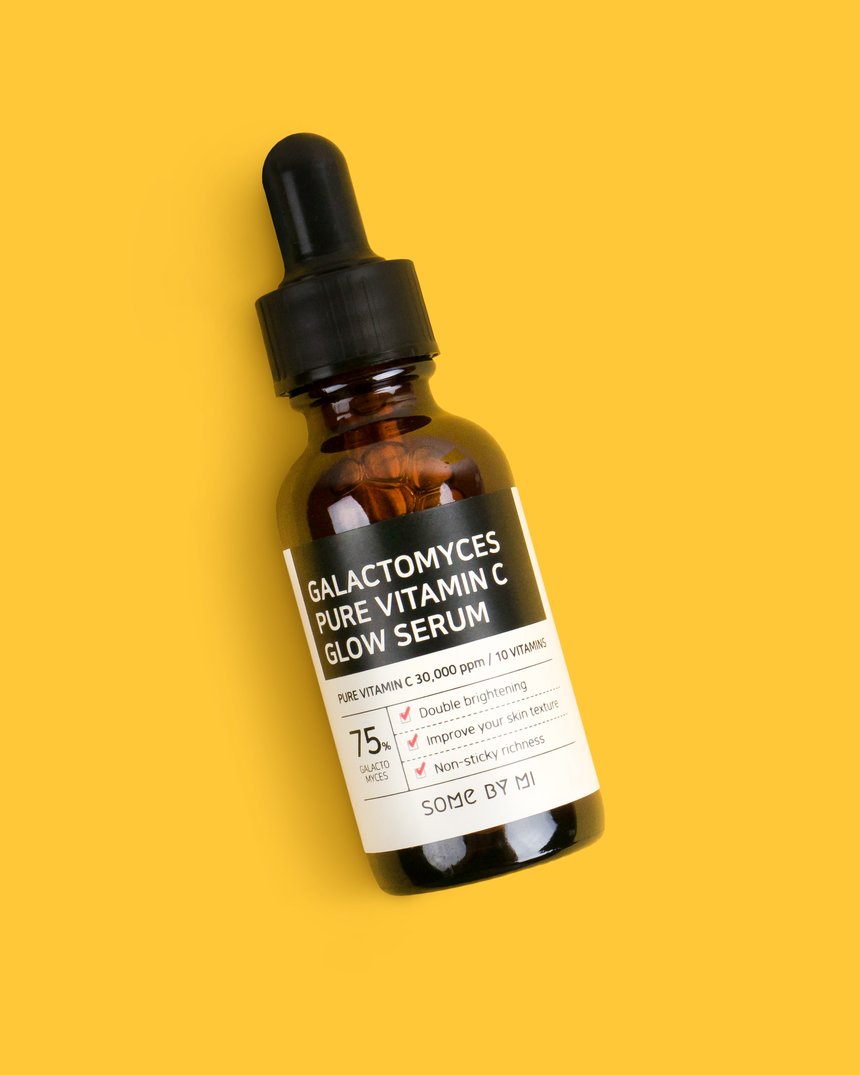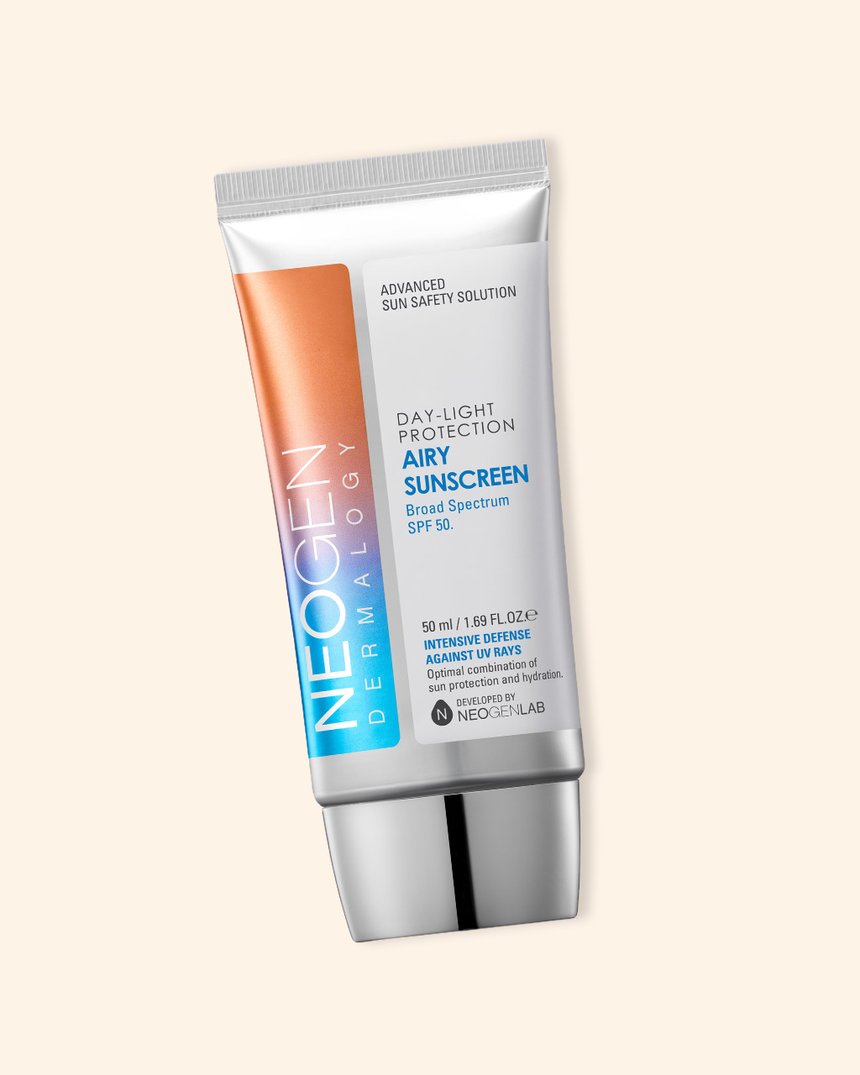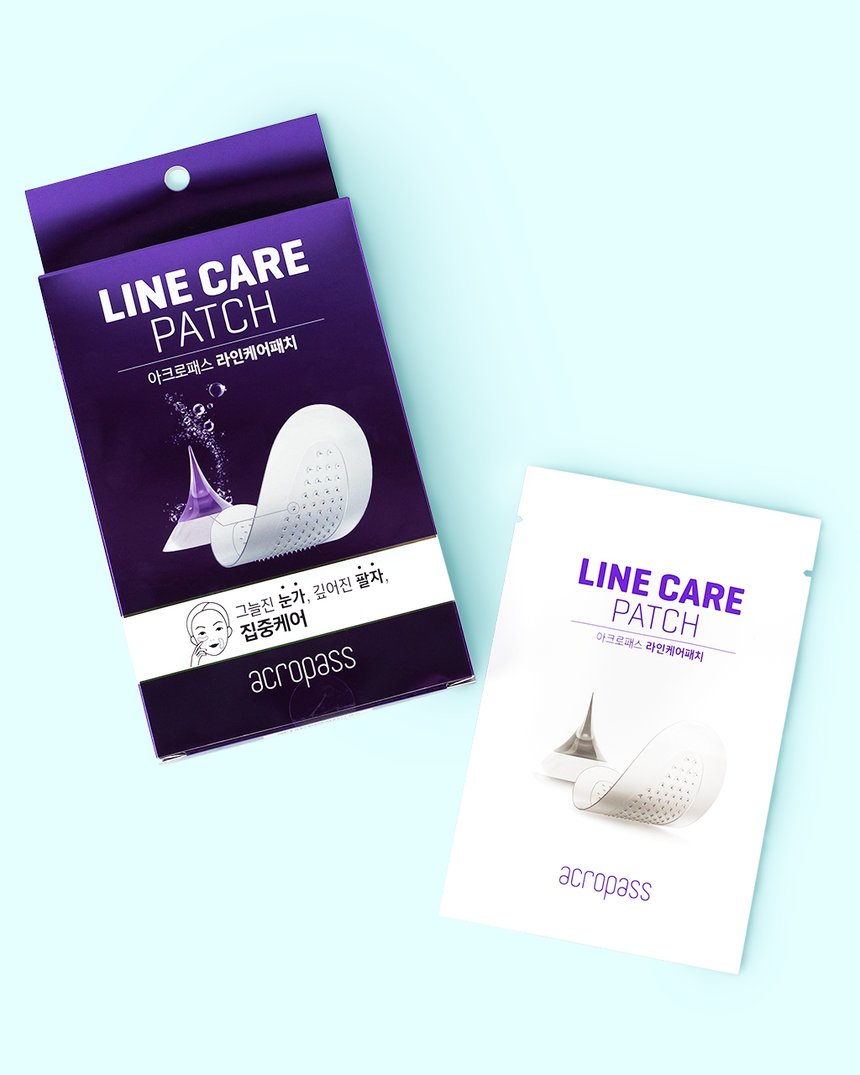What are the best products for wrinkles? Even more, what are the best products for different kinds of wrinkles? Read on to find out.
You may be thinking to yourself, “A wrinkle is a wrinkle… right?” And though that’s accurate on a surface level (get it?), the truth is that not all wrinkles are the same in terms of how they form, how you can prevent them, and how you ultimately treat them. To learn more about this topic, we spoke to Sejal Shah, a Manhattan-based cosmetic dermatologist and the founder of SmarterSkin Dermatology, who offered some wonderful insight that’ll enable you to think more strategically about your current skin care routine.
First, let’s discuss what wrinkles are and how they form.
The DL on wrinkle formation
“Wrinkles are a part of the normal aging process and form via a multifactorial process that involves both intrinsic and extrinsic aging,” says Shah. “Intrinsic aging refers to the natural aging process regardless of outside factors. For example, as the skin ages, the production of collagen, elastin and hyaluronic acid and other glycosaminoglycans naturally diminishes, contributing to the formation of wrinkles.”
Extrinsic aging, she explains, is caused by environmental factors and other outside factors that also decrease or damage collagen, elastin and glycosaminoglycans. This is essentially the stuff we have control over, such as diet, habits, and sun exposure. Air pollution, not applying SPF, smoking, and drinking, are all examples of extrinsic aging.
Now that you know the difference between extrinsic and intrinsic aging as they relate to wrinkles, let’s discuss the two types of wrinkles: dynamic and static.
“Dynamic wrinkles form as a result of muscle movement that occurs when you make facial expressions or other repetitive movements. When the underlying muscles contract, the facial skin creases and lines form. The skin bounces back as the muscles relax when we’re young, but as we age, the skin no longer bounces back and the dynamic wrinkles start to become permanent,” explains Shah. “Static wrinkles are caused by loss of volume and elasticity. They are visible regardless of muscle movement and [are] more like folds, for example the nasolabial folds that run from the nose to the sides of the mouth.”
How to treat different types of wrinkles:
“The best topical treatment available for wrinkles—regardless of location—is retinoids,” says Shah. “This should, of course, be combined with a good preventive regimen such as sunscreen and other sun protective measures and a topical vitamin C.”
Shah also recommended AHAs, peptides, and growth factors as other ingredients that treat and prevent wrinkles. She reiterated that no matter where the wrinkles are located, all of the above applies. Things get a little more complicated, though, when we begin discussing deeper types of wrinkles, which are more likely to form on the forehead and around your mouth and eyes.
“Wrinkles around the mouth can be challenging to treat topically, especially those ‘laugh lines’ or ‘parenthesis’ on the sides of the mouth, as those are generally caused by loss of volume and elasticity and skin sagging,” she says. “The ingredients I mentioned earlier may help prevent worsening as they can boost collagen and elastin synthesis, but often you do need to consider more procedural treatments to replace lost volume and lift the skin.”
For lines that are very deep or are not responding to topical treatments, there are a number of minimally invasive procedures that have proven effective when administered by a board-certified dermatologist. Those include Botox or other neuromodulators, fillers, chemical peels, lasers, ultherapy, radiofrequency, and microneedling, says Shah.
Wrinkle prevention:
Though intrinsic aging is difficult to control, you can prevent extrinsic-related aging. And bonus: treating and preventing can be done at the same time and with the same products.
“Topical ingredients that are used to treat wrinkles are also good for prevention because they promote cell turnover and/or stimulate collagen and elastin synthesis, thereby, helping maintain the skin’s structure,” says Shah. “One of the most, if not the most, important things you can do to prevent wrinkle formation is practice good sun protection because we know that ultraviolet radiation is a cause of extrinsic aging.”
Other tips: quit smoking, rest often, eat well, exercise consistently, avoid unnecessary repetitive facial movements (but never stop smiling, babe), and sleep on your back or on a wrinkle-preventative pillow.
Wrinkle treatment:
We’d be remiss not to recommend the Some By Mi Galactomyces Pure Vitamin C Glow Serum. It’s formulated with 3% vitamin C (ascorbic acid) and 75% galactomyces ferment filtrate to hydrate and smoothe your skin.
Another favorite is the Neogen Day-Light Protection Airy Sunscreen, a cult favorite SPF in the K-beauty community that protects from both UVA and UVB rays while hydrating the skin. Because it’s so light, you won’t even notice it’s there (unlike some other bulky, greasy, and heavy sunscreens) and you can easily wear it under your makeup. We also recommend Acropass Line Care Patch, a luxurious cream loaded with fermented argan oil and lavender oil. Apply it at night and wake up to firmer, plumper skin.
For your under-eye area, which tends to be thinner and requires a different type of moisturizer, try the Dr. Different VITALIFT-A Eye & Neck, which is loaded with retinal to stimulate cell turnover, reduce wrinkles, and improve elasticity and firmness.
As for your neck area, which is made up of a thinner skin that’s prone to sagging and wrinkling, try the Neogen Agecure 3D Lifting Wrinkle Neck Mask. It’s doused in a potent cocktail of niacinamide, galactomyces ferment filtrate, and collagen to quickly plump, lift, and tighten while reducing wrinkles and fine lines.

















